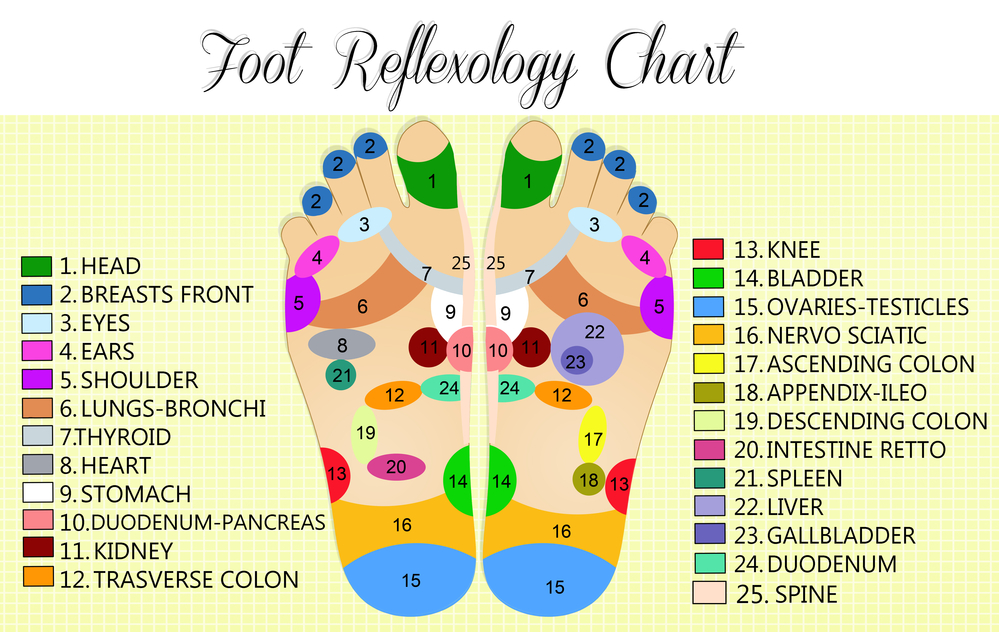
Take a Rest Day: The Dangers of Overtraining
The benefits of a good training regimen are undeniable but there is something called “overtraining.” Read on to learn more about the dangers of overtraining.
Daily exercise is proven to improve your overall physical health, as well as boost your mood and decrease feelings of depression. If you put in the right amount of work, you’ll feel and look great for a long time.
That said, it is possible to overdo things. In this post, we’re going to discuss the dangers of overtraining. As important as training is, it’s also important to take a rest day every now and then to let your body rejuvenate.
Keep reading and you’ll have a better understanding of the problems that come from overtraining, as well as the benefits of a well-balanced training routine.
What Is Overtraining?
In short, overtraining accumulates stress on the body due to hard training and other factors, like your diet or stress levels. When you start training, it’s common to strive to push your body as far as it will go.
This may feel great for the first little while, but without the proper amount of rest, your body will start showing signs of wear. The symptoms of overtraining include increased heart rate (10-15 BPM), soreness lasting longer than 3 days, a drop in sleep quality, and a drop in your overall performance level. The biggest risk with overtraining is the potential for serious injury.
If you’re constantly dealing with little injuries as a result of your training, there’s a good chance you’re overtraining. Eventually, as you push through these smaller injuries, you’ll end up having a big one. Continuing to work out when you’ve got small tears or strains is only going to make you weaker.
Overtraining Syndrome
Overtraining syndrome (OTS) occurs when you have chronically elevated cortisol levels. Cortisol is your body’s primary stress hormone, which regulates blood pressure, controls inflammation, and manages the way your body uses carbs, fats, and proteins.
While short bursts of increased cortisol are good, overtraining can lead to chronically elevated cortisol, which will have numerous negative effects. You may notice feelings of lethargy and moodiness, and your body may start losing muscle while storing more fat, even as you continue training. You’ll feel sick, tired, and slow until you correct your OTS.
How to Avoid Overtraining Muscles
By taking stock of how you’re feeling after each workout and planning regular rest days, you can stop the symptoms of overtraining. Buy yourself a heart rate monitor, get the right amount of sleep, and make sure you’re eating a balanced diet. Combined with rest, you’ll be in recovery mode in no time.
The best way to create the perfect fitness routine is to listen to your body. It’s important to have fitness goals, but you also have to be reasonable and give yourself breaks.
The benefits of proper training are countless. You should feel happier, healthier, and more energetic when you have a good exercise routine. Push it too far and the opposite will happen, so if longevity is what you want, then don’t overtrain.
The Dangers of Overtraining Are Real
Now that you know the dangers of overtraining, you can take the steps to avoid injuries and OTS. If you’ve been injured as a result of overtraining, contact us at Amazing Life Chiropractic in Mill Creek. We offer natural and reliable pain relief to help you recover from your overtraining injuries so you can get back to training responsibly.





